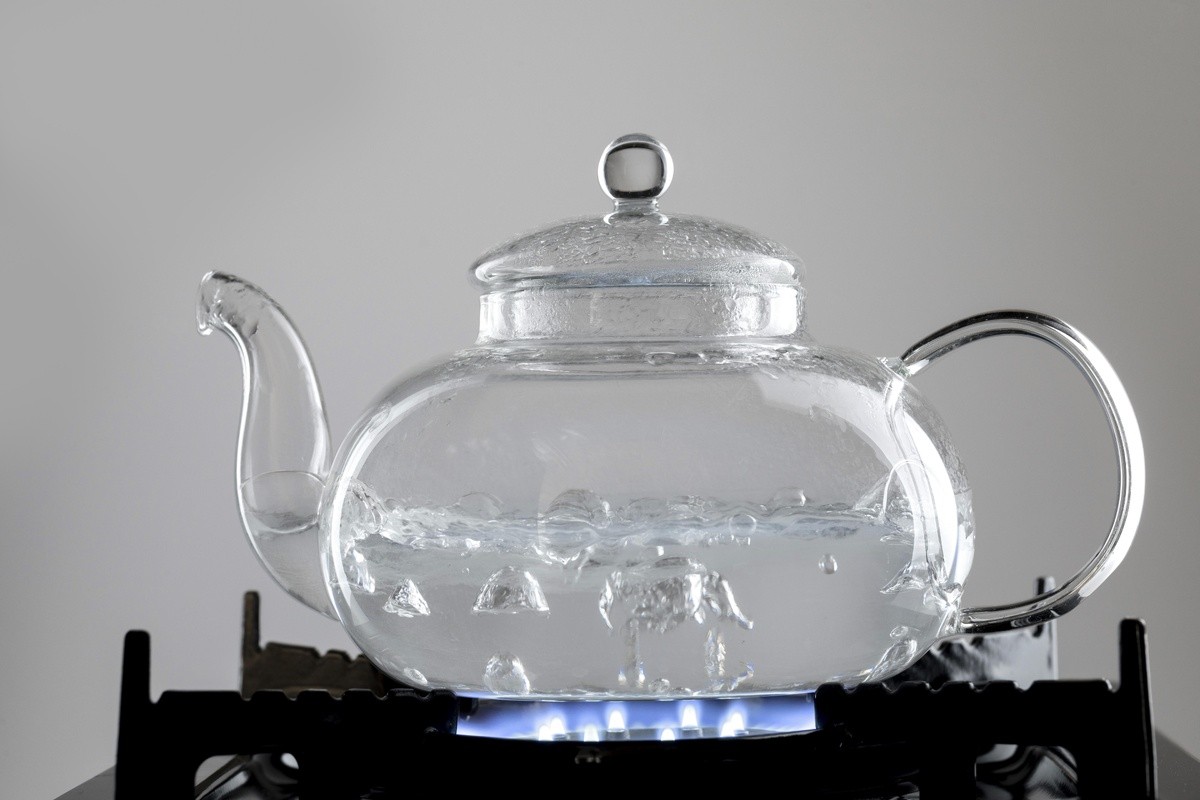The Water You Drink Might Not Be Pure: Hidden Contaminants Lurk in Everyday Glasses—and 7 Ways to Clean It at Home
Water from taps and wells is not always up to sanitary standards. Even water that looks crystal clear can hide impurities—some harmless, some dangerous. A laboratory analysis is the only sure way to know exactly how many pollutants are present. Yet high concentrations of certain substances can alter taste, odor, or appearance, signaling the need for purification. This guide gathers simple, at-home methods to purify water, with or without filters.
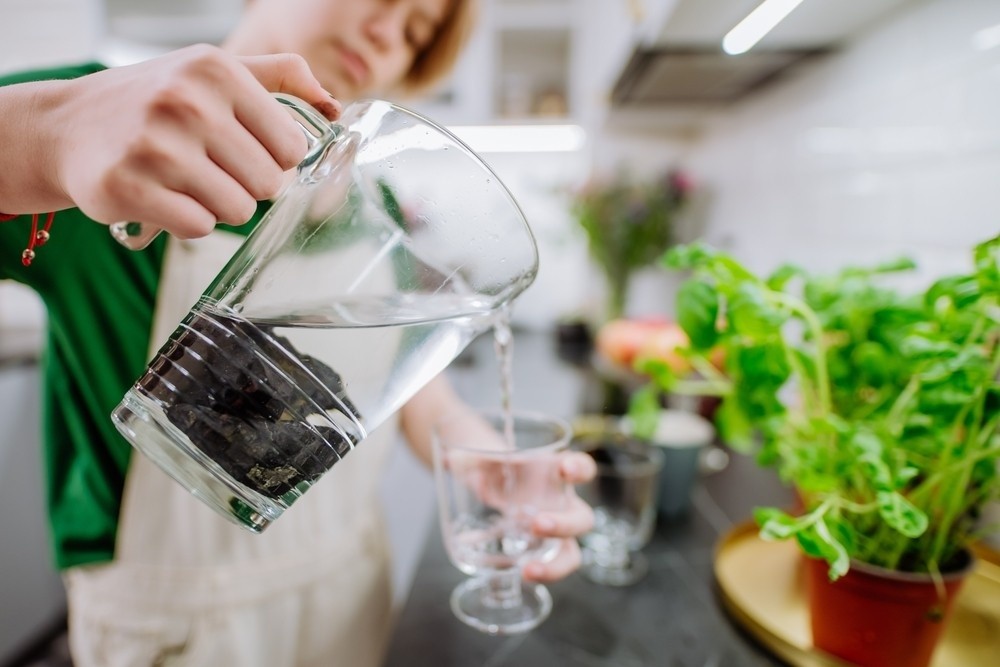
In This Article:
What Can Be in Water and Why It Matters
Impurities appear in water at varying concentrations. The water you drink may contain hydrogen sulfide, nitrogen compounds, nitrates, phosphates, radionuclides, and more. Health risks depend on the specific substances and their amounts. Even if you cannot taste or smell a contaminant, it can still be harmful. If there is any doubt about water quality, it should be purified before drinking.
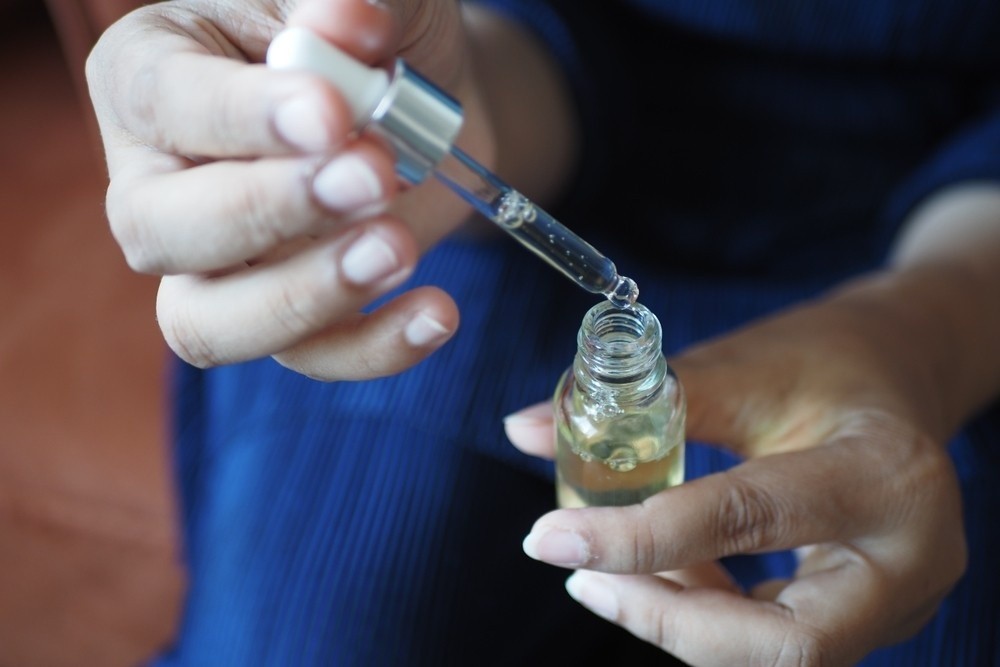
Boiling and Settling: Core, Easy Steps
Boiling is a basic method you can do at home. Boil water for at least 10–15 minutes. Do not cover the pot; covering prevents the evaporation of chlorine and other harmful elements. After boiling, cool the water and either filter it or let it settle to remove sediment and larger particles.
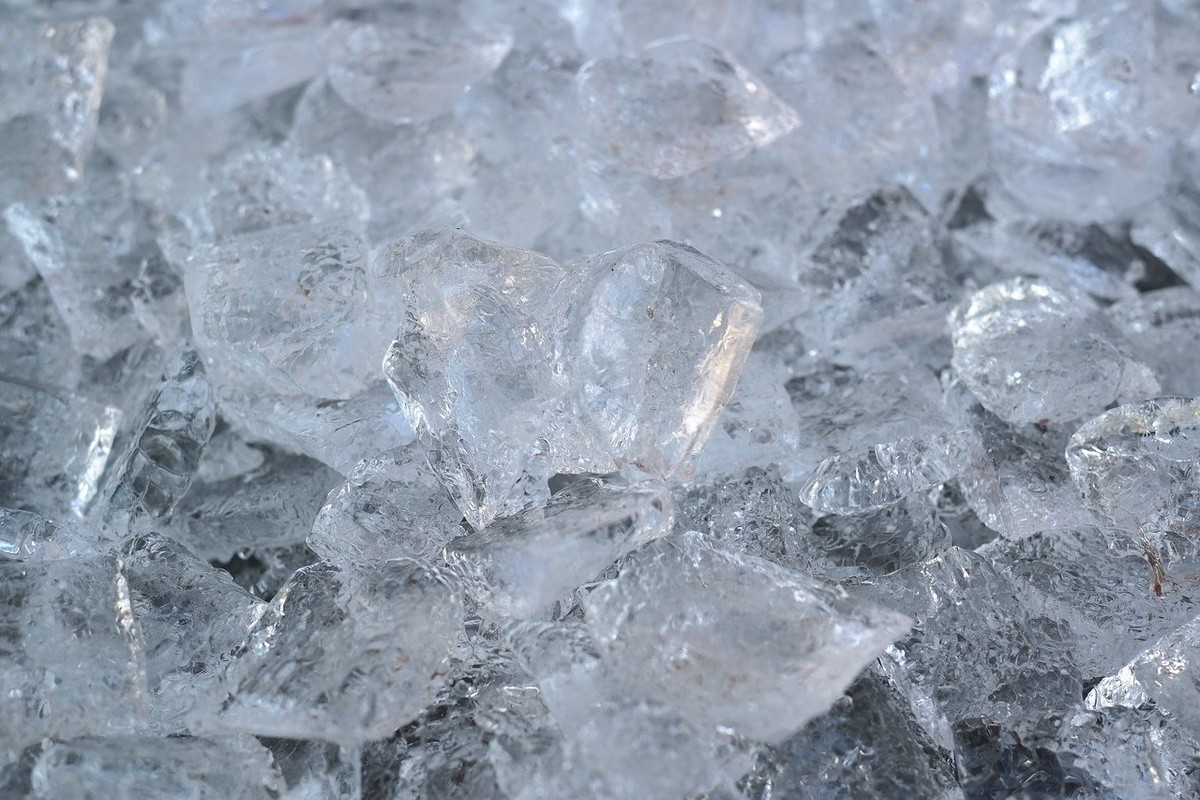
Other Home Methods: Freezing, Distillation, and Filtration
Freezing involves placing water in a container and waiting until the ice occupies about two-thirds of the volume; then pour off the remaining liquid. Distillation uses a dedicated device: water boils, becomes steam, and the condensate is collected in a separate container. Filtration systems clean water by forcing it through various media. Home filters range from pitcher models to multi-stage systems with membranes (reverse osmosis) and ion exchange. For best results, laboratory testing of your home water can help you choose the right filter.
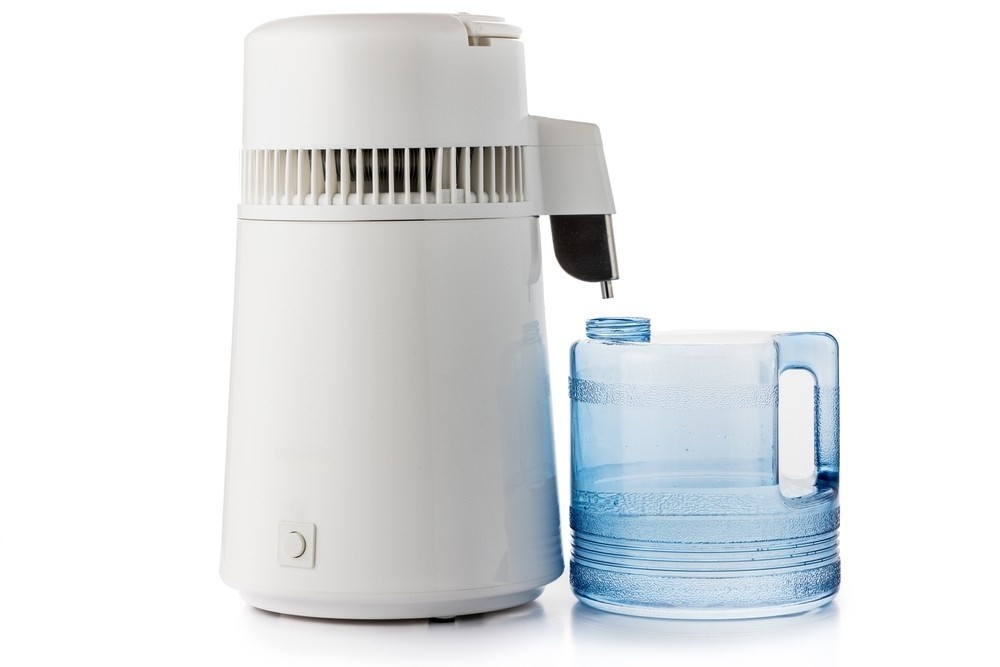
Mineral-Based, Silver, and Chemical Disinfection — And When to Call a Lab
Some minerals, such as shungite or silicon, are thought to have an absorbing effect and can help remove certain substances. Silver is sometimes used as a natural antiseptic: placing a high-purity silver item into the water for a day can disinfect it and enrich it with silver ions. Disinfection with chemical agents is possible, but safety depends on calculating the dose correctly. Home methods can be combined for layered cleaning, but with complex contamination, laboratory analysis and a professional purification system are necessary.
